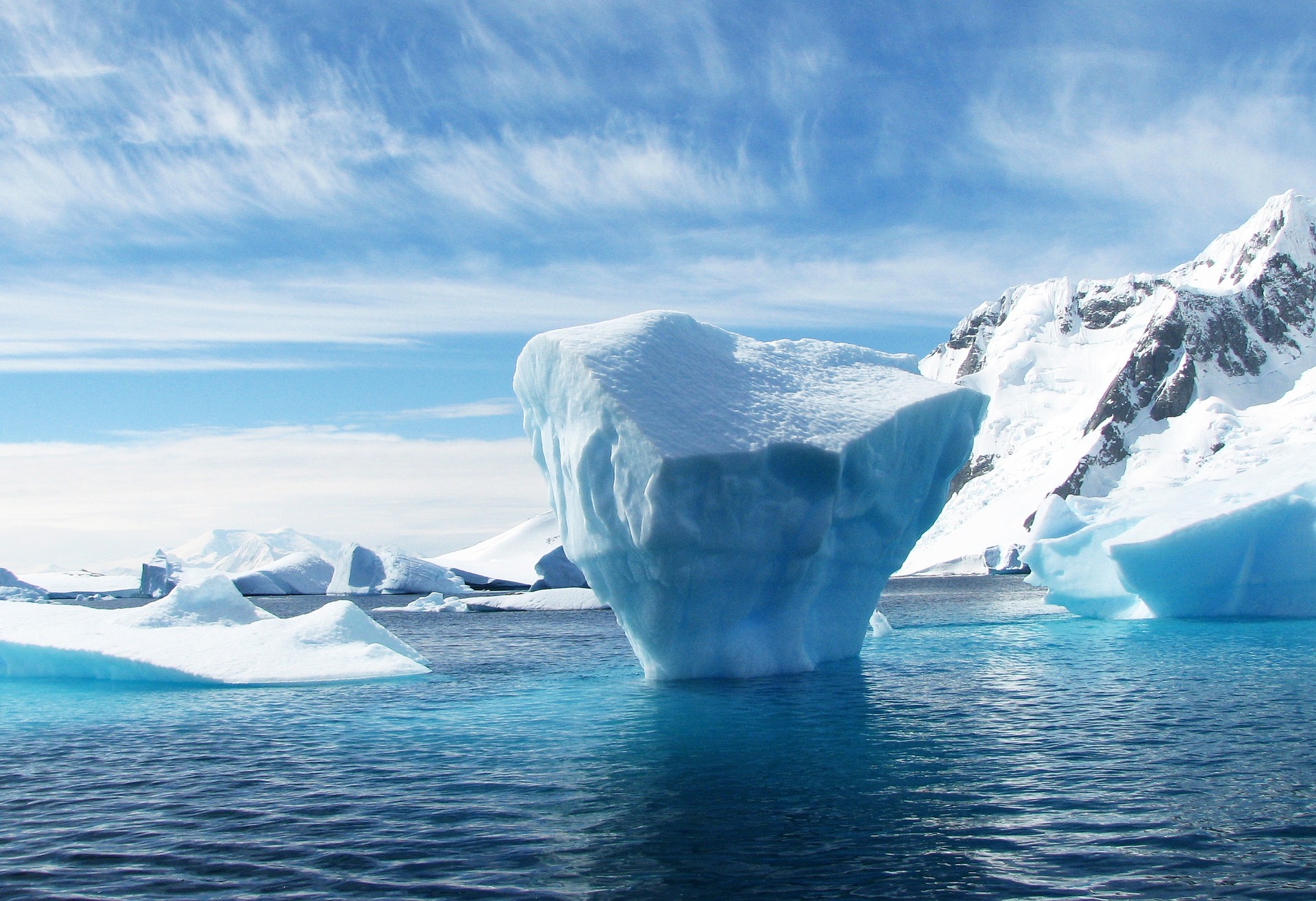Media release
From:
Climate: Arctic sea ice became thinner around 2007
Arctic sea ice underwent a regime shift between 2005 and 2007, becoming thinner and more uniform, according to a study published in Nature. The fraction of thick, deformed ice has reduced by about half since this shift and has not recovered to date.
Up to 90% of sea ice outflow from the Arctic Ocean to the North Atlantic Ocean passes through the Fram Strait, a passage between Greenland and Svalbard. Thus, sea ice properties observed in the Fram Strait are thought to represent characteristics of sea ice throughout the Arctic Basin. Sea ice thickness has changed substantially in the past three decades, reflecting environmental changes throughout the Arctic, with an overall reduction in mean ice thickness.
Hiroshi Sumata and colleagues used continuous, direct measurements of ice thickness via ocean moorings of the Fram Strait Arctic Outflow Observatory since 1990. The results show a distinct shift in Arctic sea ice characterized by a reduction of thick ice (thicker than 4 metres) by more than 50%, and an increase in thinner, uniform ice compared with deformed ice. This shift occurred following an Arctic-wide reduction in sea ice residence time between 2005 and 2007, in which the mean time ice remained in the sea dropped from 4.3 years to 2.7 years.
These findings show the long-lasting impacts of climate change on Arctic sea ice, suggesting the change in sea ice thickness was a result of increased ocean heat in ice-formation areas. Thinner and more uniform sea ice can affect ocean mixing, and consequently ocean ecosystems, below ice.



 International
International


